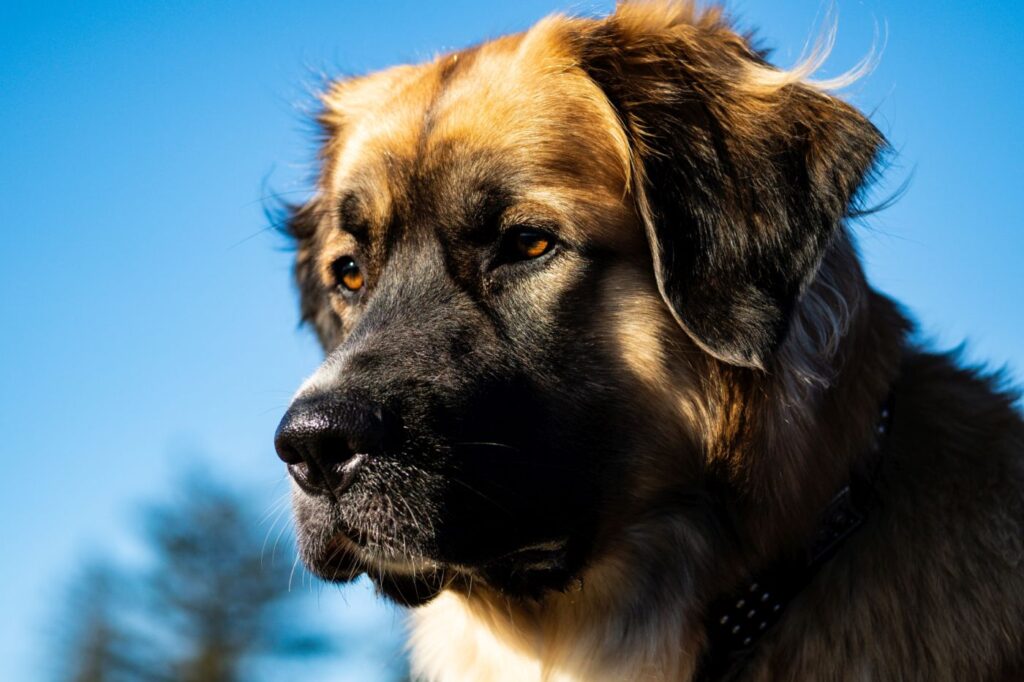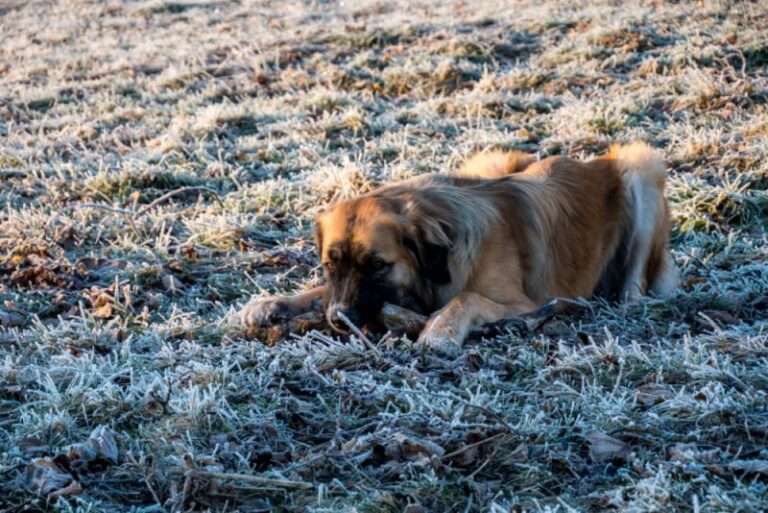When a Germanic Bear Dog ambles through the living room, coffee cups are likely to rattle. The sometimes ungainly-seeming dog doesn’t always have control of its broad tail and expansive chest. Therefore, it often resembles a clumsy bear.
Does the Bear Dog Get Along with Children and Other Pets?
In interaction, the Germanic Bear Dog is relatively harmless and peaceable. Children quickly realise this and soon lose their fear of the large animal.
As playful and cuddly as it is, the Germanic Bear Dog tolerates a lot before it becomes too much. Once it reaches this point, it usually withdraws discreetly, rather than biting or barking. It also tends to be peaceful towards most other animal housemates.
Is the Germanic Bear Dog a Herding Guard Dog?
While representatives of the breed are considered herding guard dogs, the often aggressive, provocative nature of this group is rarely found in most Germanic Bear Dogs. Still, the dog remains vigilant and closely observes its surroundings.
Its defensive protective instinct results in appropriate, lightning-fast reactions whenever it senses danger to its family. It then immediately positions itself between the assailant and the flock to form an insurmountable barrier. It does not tolerate intrusions into its domain but remains remarkably calm. Aggression is shown only in an absolute emergency.
How Should Germanic Bear Dogs Be Properly Trained?
The behaviour of the Germanic Bear Dog greatly depends on its disposition, which can vary widely. Stubborn examples from the breed require a firm hand and much education from puppyhood.
To better gauge the character of your desired pet, you should take a close look at the breeding line when visiting the breeder. Sometimes, fighting dogs or restricted breeds are mixed in, influencing the dog’s behaviour.
Good to Know Due to inconsistent breeding, the dogs’ temperaments can vary greatly. There are simpler and more challenging examples.
The variable nature of the breed manifests itself quite clearly in the hunting instinct: some dogs show no interest in pursuing and catching prey, while others disappear into the forest at every opportunity.
Hence the advice: get to know your dog and tailor the training to its individual qualities.
Gentle but Powerful
Not to be underestimated are the size and resulting power of the breed. Even if your four-legged friend is well-trained and obedient: never forget that a dog weighing 80 kilograms is a force of nature. If it pulls uncontrollably on the lead, you will usually lose out.
Obedience and discipline are key to maintaining control at all times. Therefore, place a high value on solid training from the start.


